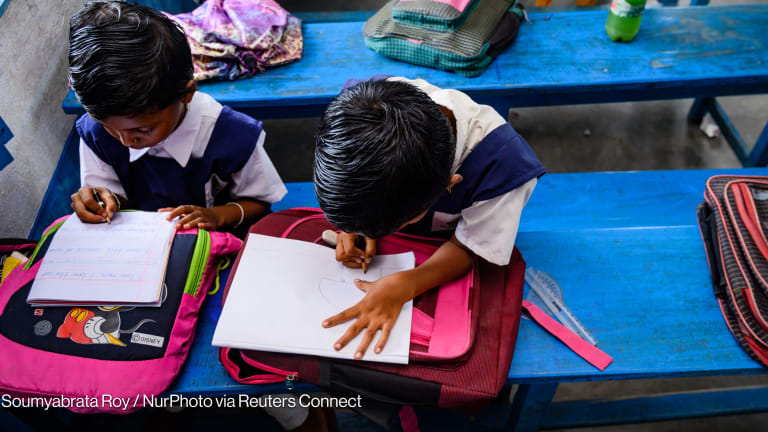
Should India still receive World Bank aid?
Indian economist Rupa Subramanya Dehejia tackles that question in an op-ed piece for The Wall Street Journal. Her essay was published a day after the Washington-based lender approved USD1.5 billion in financing to improve rural roads in the Indian states of Himachal Pradesh, Jharkhand, Meghalaya, Punjab, Rajasthan, Uttarakhand and Uttar Pradesh.
>> World Bank Helps Pave India’s Rural Roads
Although World Bank financing are offered at lower rates compared to private capital markets, accessing such a “large loan” from the lender seems at odds with claims that India is an emerging economic power, Dehejia says.
“Should an ‘emerged’ country such as India still receive charity? Especially when we could afford to spend so extravagantly on the Commonwealth Games? Or when the government could afford to give away [USD]40 billion worth of revenue by selling the 2G spectrum too cheaply? Surely, there’s [USD]1.5 billion in government coffers to build our own roads,” she writes.
She adds: “The flip side is to ask why is the World Bank still engaged in India? Surely, its precious dollars are much more badly needed in the poorest and most backward of its member states, mostly in Latin America and sub-Saharan Africa. After all, when doling out from a fixed pot, aid spending is a zero-sum game: an extra dollar given to India is a dollar not given to a needier recipient.”








